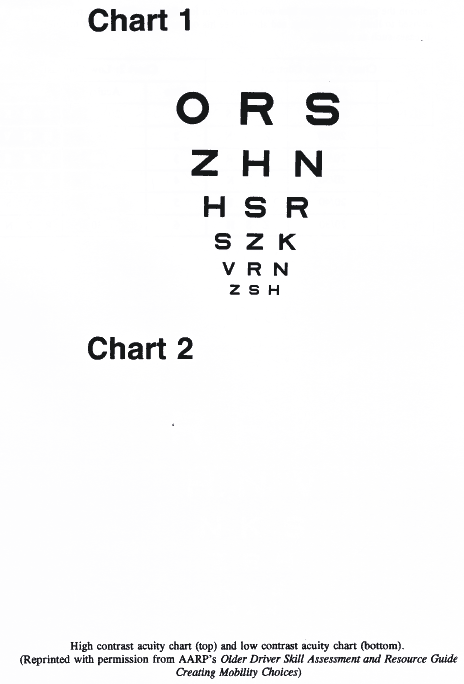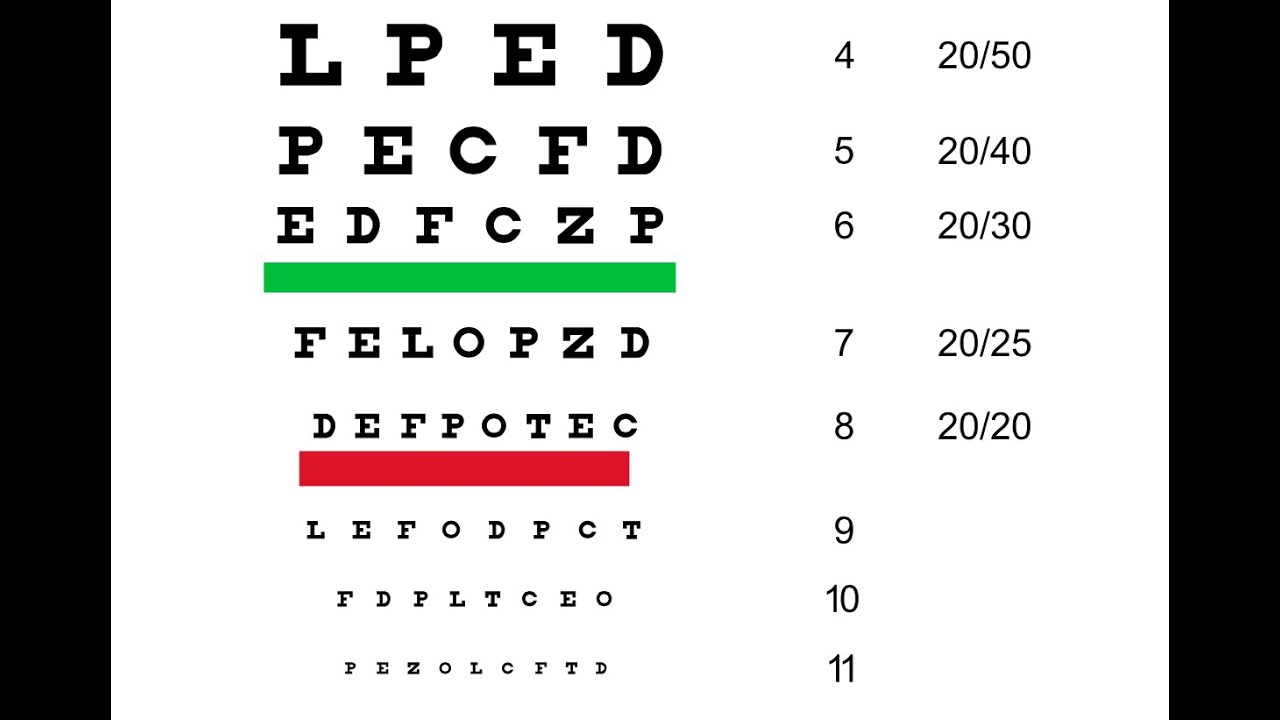

*It is still recommended to visit an eye doctor for an annual eye health exam. Consider carpooling, taking public transportation, and searching for local service groups which offer transportation services for older adults in your community.Keep the inside and outside of your windshield, windows, and headlights clean.Avoid driving when your vision is most affected, such as at dusk, at night, and during bad weather.Ask your ophthalmologist about treatment options to remove cataracts and treat or slow the progression of glaucoma and macular degeneration.The National Highway Traffic Safety Administration recommends these safety tips: Do you have cataracts, glaucoma, or macular degeneration?Įven if your state allows you to legally drive with a cataract, glaucoma, or in the early stages of macular degeneration, you should take extra precautions to keep yourself, other drivers, and pedestrians safe. For this reason, many states now offer the opportunity to use bioptic lenses, which attach to your glasses to help you see far away objects and activity. Sometimes, regular prescription eyeglasses or contact lenses aren’t strong enough to help you drive.

You can always test your eyeglasses or contact lenses with EyeQue’s Insight visual acuity screener to see if you are seeing 20/20 with your corrective lenses at home. It could be that your prescription has changed or was inaccurate, to begin with.

You have the opportunity to retake your vision test once your vision is corrected. (Note that these restrictions can change over time.) Do you need eyeglasses or contacts? The American Academy of Ophthalmology has collected information about each state’s vision requirements for drivers. What are the vision restrictions for your state?

If you want to obtain a driver’s license and have failed your DMV’s vision test, this doesn’t necessarily mean that you can’t drive.


 0 kommentar(er)
0 kommentar(er)
